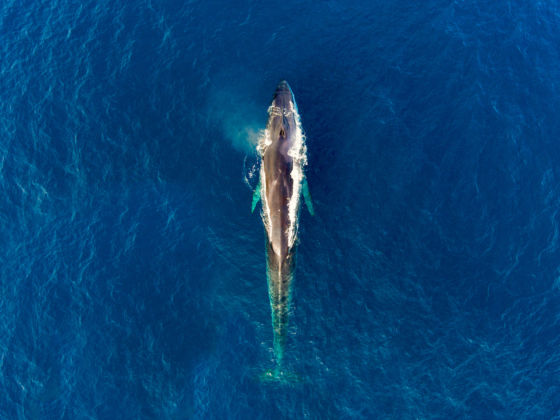We’ve officially entered the Drone Age.
Drones are regularly in the news these days, and usually, the news is pretty negative:
- The US military is using drones to bomb the crap out of some remote village in Yemen.
- Some yahoo crashed his drone-mounted camera into Yellowstone’s Grand Prismatic Spring.
- Amazon wants to start using drone octocopters to deliver packages — which would be cool if Amazon weren’t an evil corporation that could totally turn into Skynet.
But on a day-to-day basis, we’re seeing people use drones in far more productive, creative, and responsible ways. The world of travel photography alone has irreversibly changed thanks to the joint appearance of drones and GoPros. We now have footage of a drone flying through exploding fireworks. We can now see what it would be like to swoop through the streets of New York City without having to suffer through the Spider-Man movies. And we can peek into the crevasses of Alaskan glaciers without risking life and limb.
